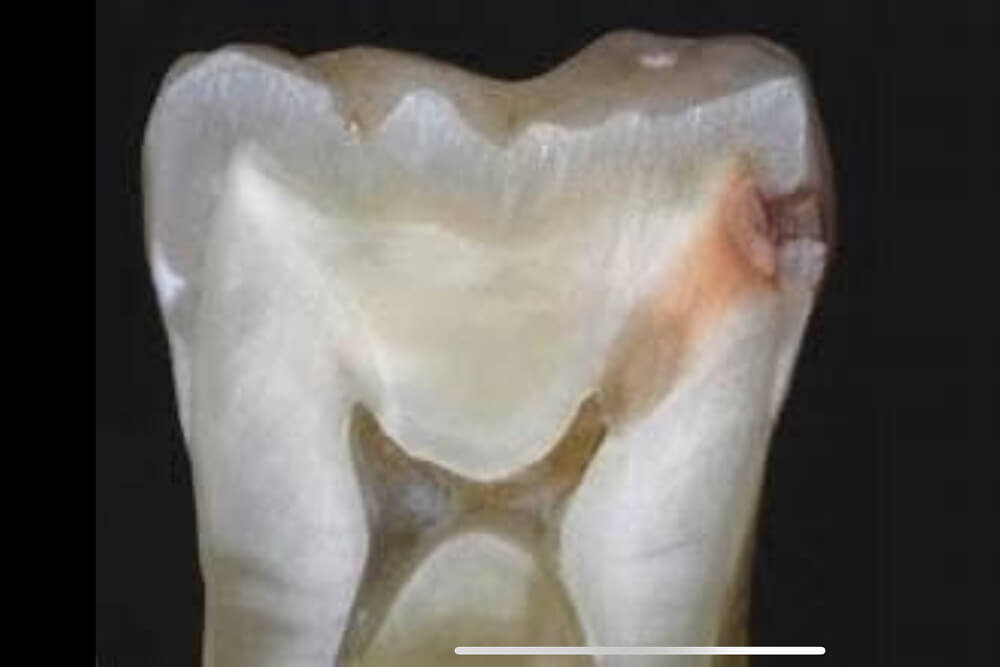How Cavities Progress and Why Early Treatment Matters
These symptoms can affect how you can talk, eat, and sleep comfortably. Botox is a non-surgical option that may give you the relief that you have been looking for.
These symptoms can affect how you can talk, eat, and sleep comfortably. Botox is a non-surgical option that may give you the relief that you have been looking for.



 678-802-1209
678-802-1209 Request Consultation
Request Consultation